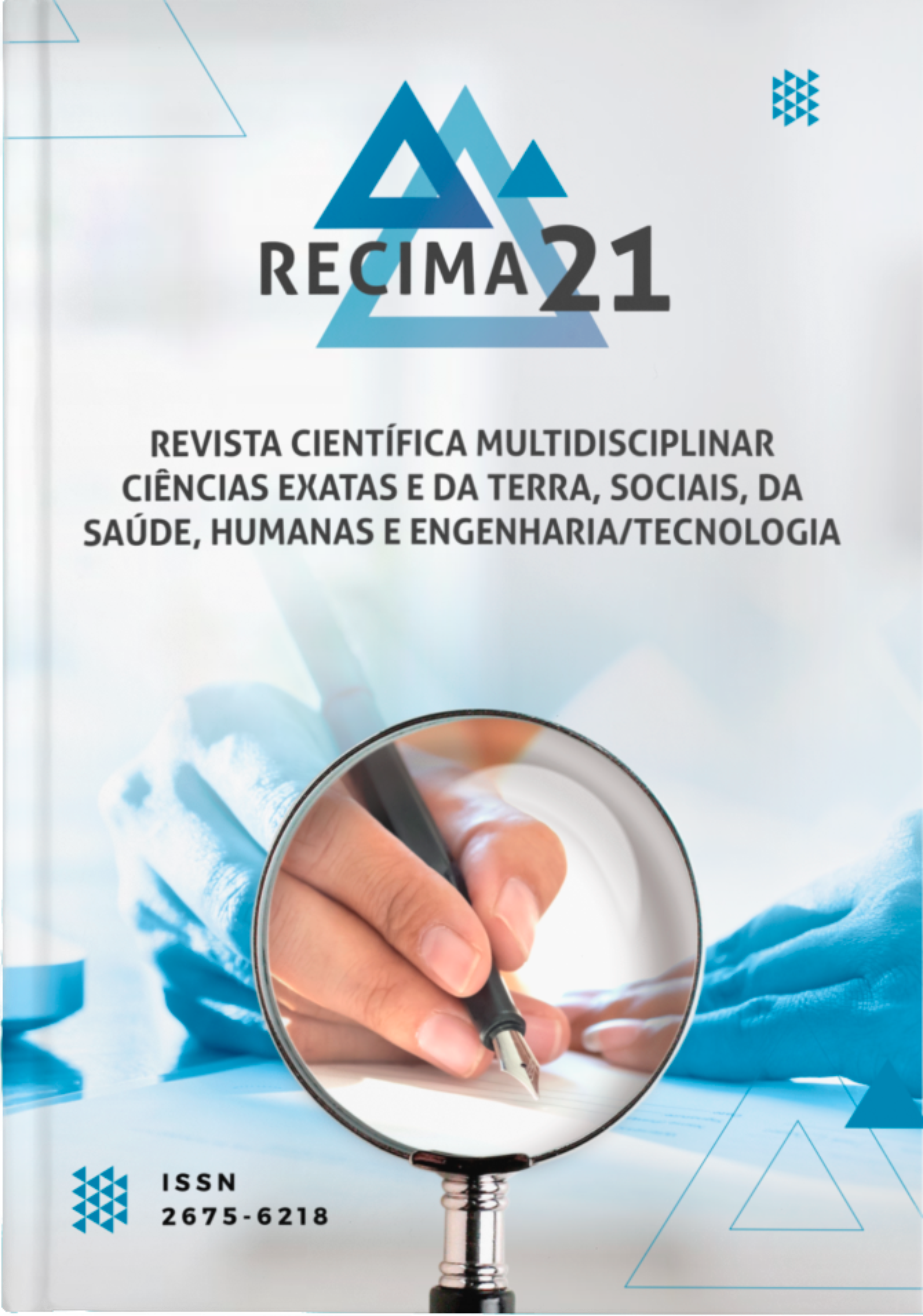EPIDEMIOLOGICAL AND CLINICAL ASPECTS OF URINARY SCHISTOSOMIASIS IN THE POPULATION OF THE MUNICIPALITY OF METANGULA IN THE DISTRICT OF LAGO, NIASSA PROVINCE, NORTHERN MOZAMBIQUE
DOI:
https://doi.org/10.47820/recima21.v2i7.561Keywords:
Urinary schistosomiasis. Epidemiology. Risk factors.Abstract
Urinary schistosomiasis, a waterborne disease caused by Schistosoma haematobium, is an endemic parasitosis in Mozambique, affecting mainly children and young people from suburban and rural areas. The present study aimed to evaluate the prevalence and potential risk factors for transmission by Schistossoma haematobium in the population of the Municipality of Metangula, in the district of Lago. A cross-sectional study was carried out between May and June 2021, which included an epidemiological survey and single urine samples were collected in the population of the Municipality of Metangula, in a random sample of 369 individuals, of both sexes, aged 0 to 35 years. The prevalence of S. haematobium was 60.2%. Infection was predominant in males; however, the risk of infection was higher in the age group from 0 to 15 years. Macroscopic hematuria was the clinical sign most frequently reported by individuals, followed by red or brownish urine. These signs and symptoms were significantly associated with the infection. The behavior of individuals such as urinating in the lake, bathing and swimming in the lake and surrounding lakes constitute potential foci of S. haematobium transmission in Lago district in general and in Metangula Municipality in particular. The results suggest that urinary schistosomiasis is a public health problem in the population of Lago district, Niassa province, northern Mozambique.
Downloads
Downloads
Published
How to Cite
Issue
Section
Categories
License
Copyright (c) 2021 RECIMA21 - Revista Científica Multidisciplinar - ISSN 2675-6218

This work is licensed under a Creative Commons Attribution 4.0 International License.
Os direitos autorais dos artigos/resenhas/TCCs publicados pertecem à revista RECIMA21, e seguem o padrão Creative Commons (CC BY 4.0), permitindo a cópia ou reprodução, desde que cite a fonte e respeite os direitos dos autores e contenham menção aos mesmos nos créditos. Toda e qualquer obra publicada na revista, seu conteúdo é de responsabilidade dos autores, cabendo a RECIMA21 apenas ser o veículo de divulgação, seguindo os padrões nacionais e internacionais de publicação.













